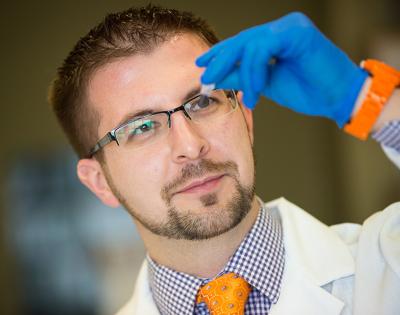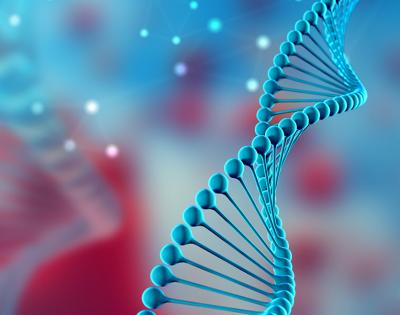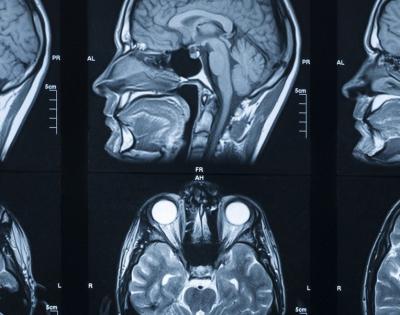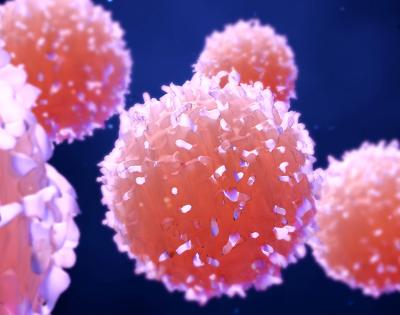genetics

November 03, 2020
Program: MD-PhD (PhD in Genetics) Year in program: Second-year The death of a loved one can be a life-altering experience. When second-year MD/PhD student Bijou Basu’s grandfather passed away earlier this year, it left her pondering approaches to end-of-life care and, ultimately, led her to launch…

September 15, 2020
Case Western Reserve computer and data sciences researcher improving privacy for global genomic data sharing network, supported by $1.2 million NIH grant A Case Western Reserve University computer and data sciences researcher is working to shore up privacy protections for people whose genomic…

May 13, 2020
Medicine’s Paul Tesar receives J. Bruce Jackson, MD, Award for Excellence in Undergraduate Mentoring
There are treatments, but no cures, for millions of people worldwide suffering from diseases such as multiple sclerosis, cerebral palsy and leukodystrophies (rare genetic diseases that affect the brain and spinal cord). This is why Paul Tesar and his lab continue to conduct promising translational…

March 12, 2020
A research article co-authored by Anna Mitchell, associate professor in the Department of Genetics and Genome Sciences, and Michiko Watanabe, professor of pediatrics, has been published in Birth Defects Research. Mitchell’s and Watanabe’s article is part of a special issue of Birth Defects…

March 03, 2020
Case Western Reserve University researchers use lipids to safely deliver gene therapy to the eye, successfully holding off advance of rare, inherited eye disorder Researchers at Case Western Reserve University have used a
unique method to safely deliver gene therapy to fight a rare, but…
January 29, 2020
Now enrolling for a research study: Healthy contact lens wearers (who have been using contacts for at least five years) in the age range of 15-70 and are of European ancestry (Causasian) and have no history of a corneal ulcer from contact lenses. The research study involves: Brief eye examAnswer…

November 20, 2018
Technique improves understanding of myelin disease; expands ability to screen potential therapies for rare pediatric brain disorder
In two recently published papers, a scientific team at Case Western Reserve University School of Medicine reports on the discovery and implementation of a new, more…

November 12, 2018
Targeting longnNoncoding RNAs may offer gains compared to conventional approaches
Certain genes that code for proteins have long been known to contribute to cancer progression. But in a frame shift, researchers from Case Western Reserve University School of Medicine recently found that non-coding…

October 11, 2018
Ahmad Khalil, assistant professor of genetics and biochemistry and member of the Case Comprehensive Cancer Center, will serve as a session organizer for the American Kavli Frontiers of Science symposium Oct. 19-21 in Nanjing, China. The symposium is a joint effort of the Chinese Academy of…

September 28, 2018
Anthony Wynshaw-Boris can’t recall a time when he didn’t know he would have a career in medicine. It was just something he feels like he was “almost born with”—fitting for researcher who would go on to study genetics. With a career at the intersection of pediatrics and genetics, Wynshaw-Boris, the…

